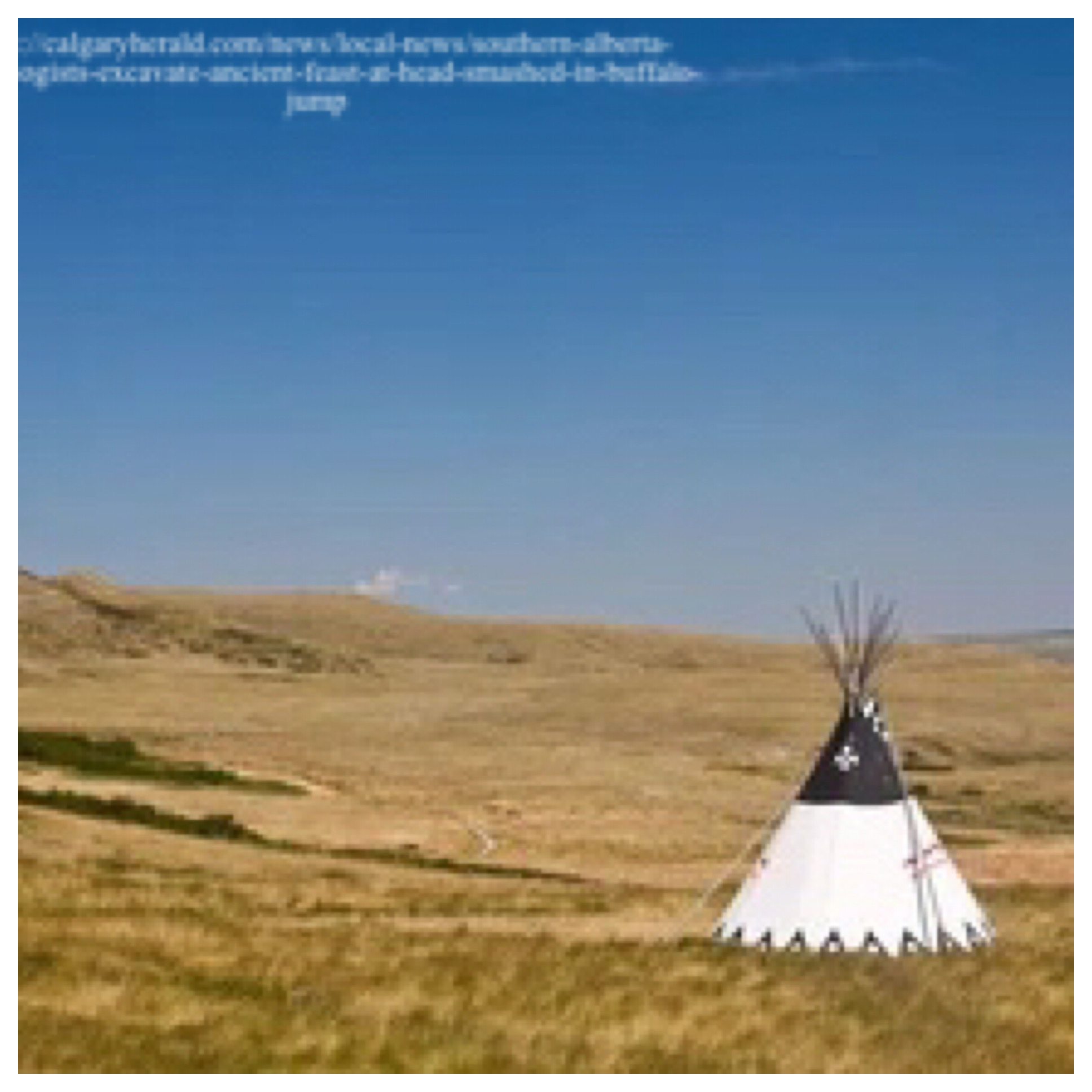Have you ever been to a funeral of a religion other than yours? Maybe a funeral for someone from a different country? Were things different from funerals you have been to for your own family members? I once went to the funeral of a friend who was Cambodian, and they mixed the traditions of Buddhism with what we would consider a more American funeral. Recently I was looking up some Native American Indian information and stumbled across the burial rituals of different tribes. Each tribe had its own unique way of burying their loved ones. The rituals were as diverse as each tribe before the time of reservations. Some were buried and others were “buried” in a tree. A few of these Native American Tribes and their burial rituals will be discussed in this blog.
The deceased was buried the day they died.
Arapaho
In the Northeast Rocky Mountains and the Great Plains is where the Arapaho Native American tribe was located. They preferred to bury the person the day they died. They buried them in their finest traditional clothing. Some of their personal belongings were also buried with them, such as clothing, and blankets. When a warrior died their best horse was also killed and buried with them. The gravesite was then covered in rocks. The rest of the person's belongings were divided between family members or burned. Their tipi would be either destroyed, burned or abandoned. The mourning of the close family included wearing old clothing, cutting their hair and wearing no paint. It was thought the spirit lingered for four days and then would journey home.
When a person died their body was painted red and dressed in fine clothing.
Sioux
The Sioux Native American tribe were found in Minnesota, Wisconsin, Nebraska, North and South Dakota, Montana and Canada. When a person died their body was painted red and dressed in fine clothing. They were then wrapped in a Buffalo robe and the robe also had food in it near their head. The body would then be placed in a tree or on an elevated platform which would be about 8 feet off the ground. After one year the body would be removed and then buried in the ground. The Sioux believed that death was not the end of a life but the beginning of the next journey for the spirit. The family would work together to prepare the body, and build the scaffold if needed. They would then paint the poles red and black stripes and place the body on the scaffold. They would then sit vigil waiting for the spirit to start the next journey. They felt working together would start the healing of the grieving hearts.
The face of the deceased would be marked with pollen and red ochre.
Apache
In Southern Arizona and Northern Mexico is where you would find the Apache Native American tribe. When someone in the tribe died the women began to wail. The deceased’s body was washed, hair combed, and their face would be marked with pollen and red ochre. The body was then placed on a horse with their favorite possessions and were taken to the hills. The body would then be placed in a crevice, the horse killed and placed with the body along with their belongings. The mourners would go back another way, and they never looked back. The family would cut their hair to shoulder length with a knife or heated horse bone. They would then hang the hair in a tree. It was believed after four days their soul would be set free to make its way to the “Land of Endless Summers” with the Great Creator.
We can help
If you need any help finding your ancestors, just let us know.


